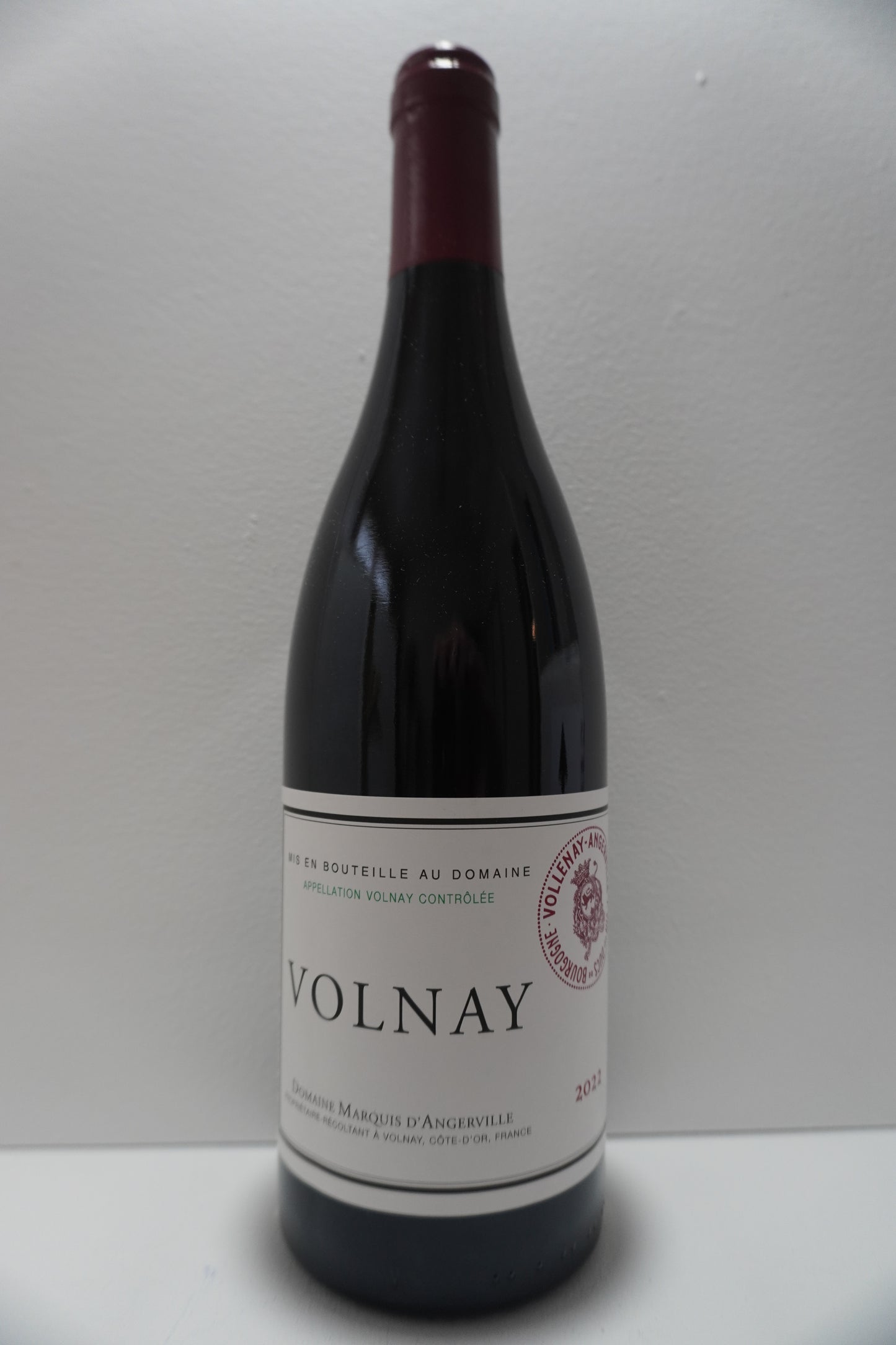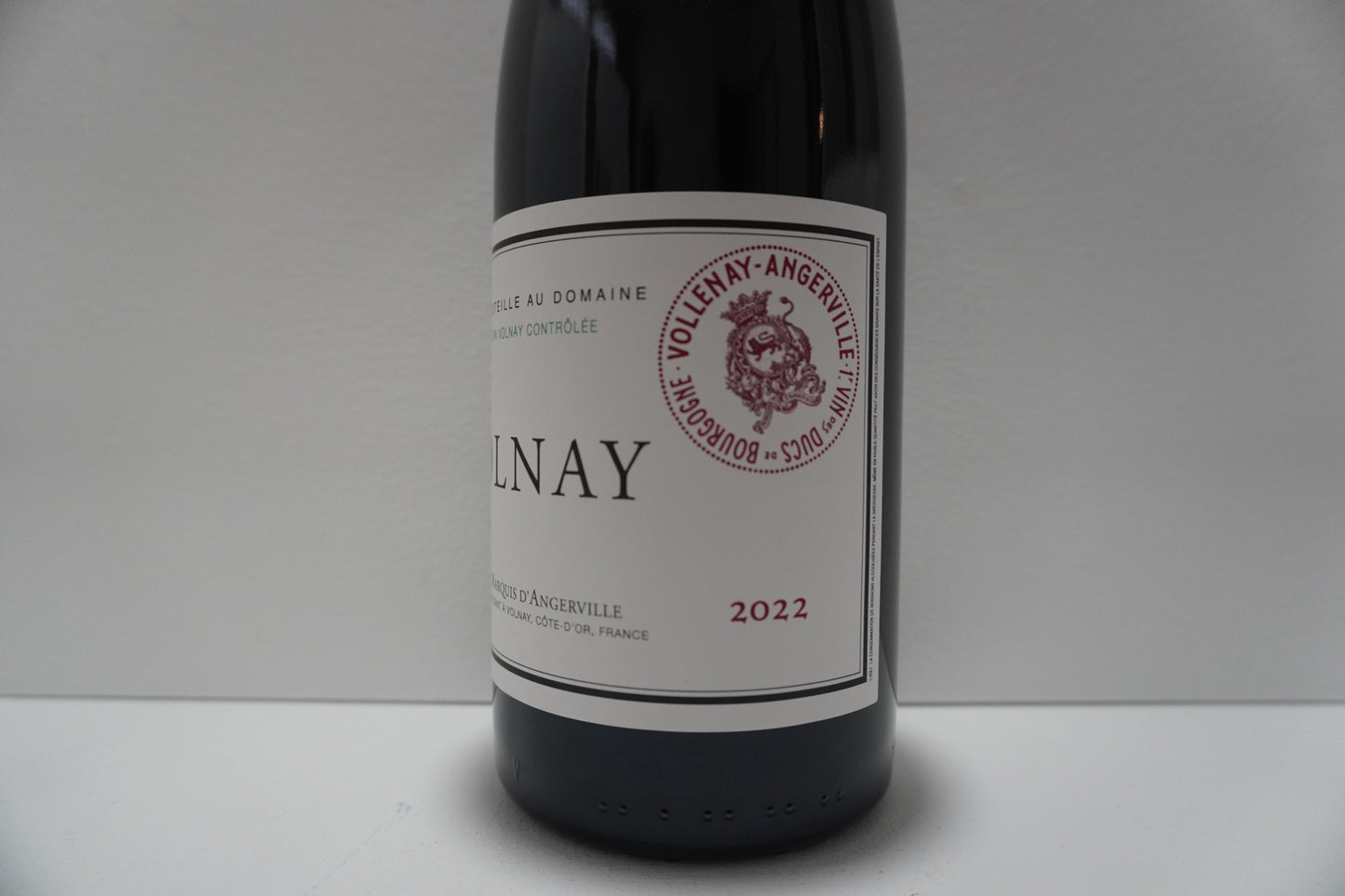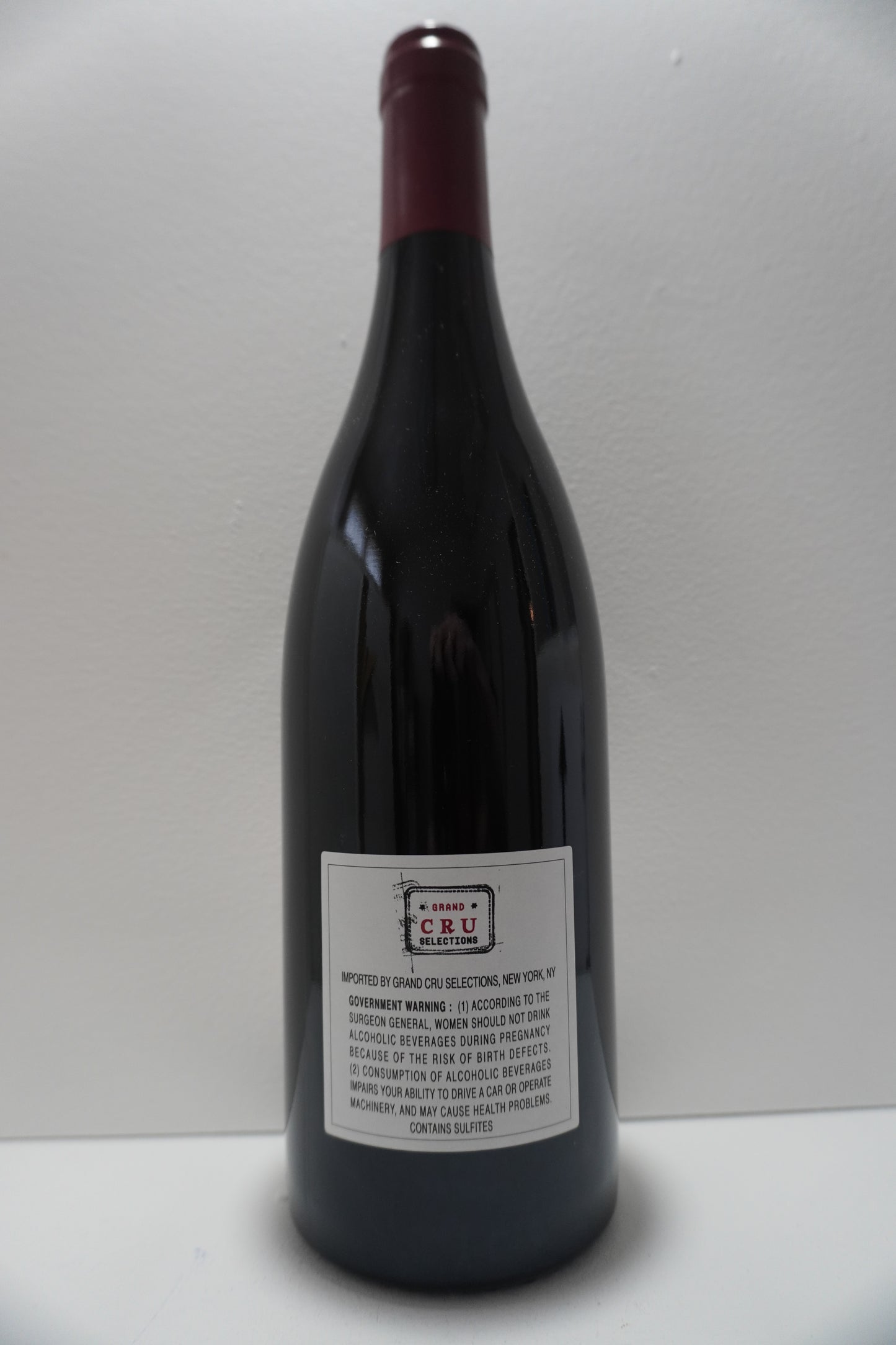Grand Cru Selectioins
Domaine Marquis d'Angerville, Pinot Noir, Volnay, Burgundy, France 2022
Domaine Marquis d'Angerville, Pinot Noir, Volnay, Burgundy, France 2022
Couldn't load pickup availability
The original Estate was build between 1030 and 1040 by the Ducs of Burgundy. Centuries later, in 1805, it was acquired by the Argenville who remain the stewards of the estate ever since.
Sem d'Argenville took over in 1906 and he initiated widespread replanting after phylloxera epidemic. He was instrumental in the creation of the appellation system and strong proponent of the quality of the wines of Volnay. He fought with the negociants because they were blending his wine away, and he was essentially forced to estate bottle his own wine in an era that was really uncommon. Along with Henri Gouges and Armand Rousseau, he was among the pioneers of the now common practice.
Sem's son, Jacques joined his father in 1950, though he officially took over in 1952. He passed away in 2003 with 53 vintages under his belt. In the later years he was assisted by his son-in-law Renaud de Vilette.
The current owner, Guillaume d'Angerville, son of Jacques, left a successful career as an investment banker at JP Morgan to take over the estate after his father's passing in 2003. In 2006, he started the process of converting the Estate to biodynamic viticulture and hired Francois Durivier as the Estate Director.
The d'Angeriville family owns more than 10% of Volnay's Premier Cru land which amounts to 110 ha in total. They own land in some of the most prestigious Premier Crus, Taillepieds, Fremiets, Champans, Les Angles, Caillerets and Volnay's crown jewel, the monopole Clos de Ducs. Almost exclusively their holdings are in Volnay, apart from a small plot, Comte Dessus in Pommard .38 ha and 1.05 ha of Meursault Santenots.
In the cellar they use natural yeasts and destemmed completely. Guillame's philosophy is that the grapes should be transparent and expressive. They do cold soak and pump overs when they deem necessary. Oak usage has been a focal point of their evolving style, with the percentage of new oak now held to a modest 20-25% in the last two decades, ensuring the oak supports, rather than masks, the wine's character.
Share






